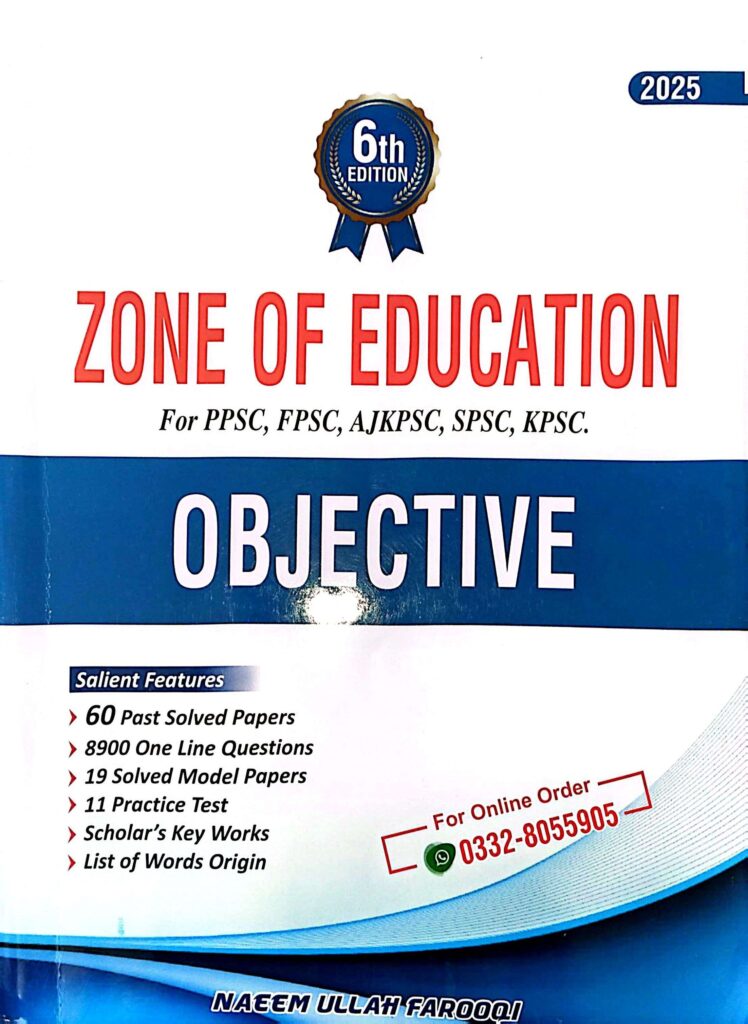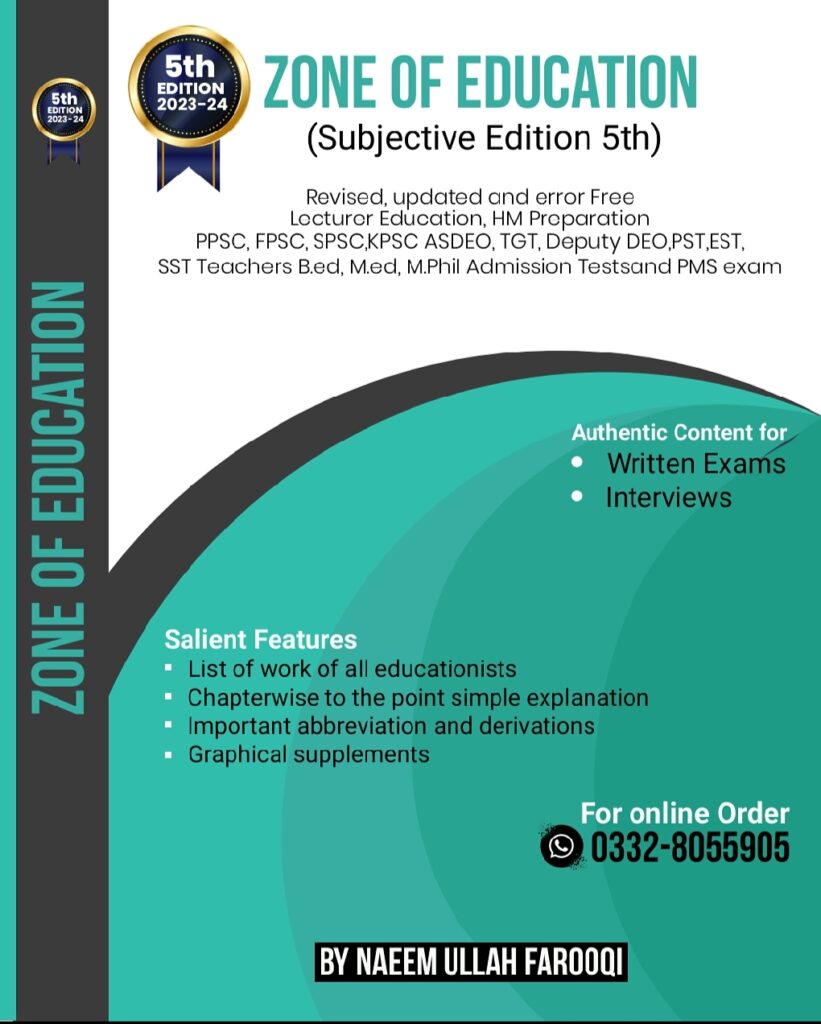Classroom Management
.Part 3
21. The “4R of Punishment” includes following except:
A- Revenge
b- Rebellion
c- Resentment
d- Retreat
e-None
22. What does the term “Mass hysteria” involve?
a) Positive behavior reinforcement
b) Spreading rumors and fear
c) Establishing clear behavior expectations
d) Fostering inclusive classroom interactions
23. Which type of bullying involves physical harm?
a) Direct Bullying
b) Indirect Bullying
c) Verbal Bullying
d) Emotional Bullying
24. What is the main goal of “Positive Behavior Interventions and Supports (PBIS)”?
a) Encouraging punitive measures
b) Fostering inclusivity and acceptance
c) Promoting negative behavior
d) Ignoring students’ progress
25. What is the primary focus of “Collective Behavior”?
a) Individual actions and behavior
b) Positive classroom interactions
c) Spontaneous and unstructured behavior by a group
d) Teacher-student communication
26. What is the purpose of “Conflict Resolution” in the classroom?
a) Ignoring students’ conflicts
b) Fostering a hostile learning environment
c) Effectively addressing and resolving conflicts
d) Encouraging bullying behavior
27. “Conducive Learning Environment” aims to:
a) Promote bullying and corporal punishment
b) Fostering exclusivity and competition
c) Create a positive and supportive atmosphere for learning
d) Encourage passive learning
29. What is the main purpose of “Interaction analysis category system (Flanders)”?
a) Observing non-verbal gestures in the classroom
b) Monitoring students’ progress
c) Classifying verbal behavior of teachers and pupils
d) Promoting physical punishment
30. How is “Mob” behavior characterized?
a) Passive and withdrawn behavior
b) Positive engagement in group activities
c) Emotional impulsivity and susceptibility to influence
d) Individual accountability
31. “Bullying Prevention” strategies emphasize:
a) Encouraging aggressive behavior
b) Creating a hostile classroom environment
c) Fostering a sense of responsibility and empathy
d) Ignoring students’ behavior
32. What is the primary focus of “Kagan Cooperative Learning”?
a) Encouraging individual performance
b) Promoting negative interactions
c) Fostering cooperation and positive interdependence
d) Implementing corporal punishment
34. What does “Ned. A. Flanders” emphasize about teaching?
a) Passive learning through lectures
b) Active and interactive teaching process
c) Ignoring student engagement
d) Promoting physical punishment
35. How can dropout rates be reduced?
a) Encouraging corporal punishment
b) Providing vague behavior expectations
c) Fostering awareness about education’s importance
d) Ignoring students’ progress
36. The “Canter’s Behavior Management Cycle” aims to address:
a) Positive behavior reinforcement
b) Persistent disruptions in the classroom
c) Student engagement in group activities
d) Developing home-school partnerships
40. How can a “Conducive Learning Environment” be established?
a) Promoting bullying and corporal punishment
b) Fostering inclusivity, respect, and positive interactions
c) Ignoring students’ progress and needs
d) Encouraging passive learning
1. What does conflict resolution refer to?
A. Punishing students
B. Encouraging disagreements
C. Effectively addressing and resolving conflicts
D. Ignoring conflicts
2. Which method of conflict resolution involves censuring both parties?
A. Mediation
B. Conciliation
C. Litigation
D. Arbitration
3. What is one of the challenges in classroom management?
A. Effective communication
B. Teacher burnout
C. Excessive resources
D. Clear expectations
5. According to Jacob Kounin’s classroom management, what does “With-It-Ness” refer to?
A. Teaching with enthusiasm
B. Knowing what’s happening in the classroom
C. Creating hand gestures
D. Group activities
6. Which classroom management model emphasizes active listening and non-threatening communication to resolve conflicts?
A. Assertive Discipline
B. Logical Consequences
C. Ginott Model
D. Teacher Effectiveness Training (TET)
7. What does PBIS stand for?
A. Positive Behavior Incentives and Supports
B. Preventive Behavior Incentives and Strategies
C. Positive Behavior Interventions and Supports
D. Promoting Behavior Improvement and Success
8. What is the dominant theme focused on by Walter Doyle in classroom management?
A. Discipline through punishment
B. Misbehavior
C. Student engagement
D. Curriculum relevance
12. What is “shaping and chaining” in behavior modification?
A. molding a specific response
B. Ignoring undesirable behavior
C. Providing excessive reinforcement
D. Overcorrection technique.
14. What is the purpose of “biofeedback” in behavior modification?
A. Controlling bodily functions through relaxation
B. Inducing fear in students
C. Teaching aggression management
D. Punishing negative behavior
JOIN ZONE OF EDUCATIONPK!
Discover the most comprehensive and reliable pedagogy resources in Pakistan, curated for competitive exam success. Our content covers all competitive exam MCQs, including PPSC, FPSC, AJKPSC, SPSC, and more. Designed to empower learners with top-notch material and insights, trust us for your preparation journey!


